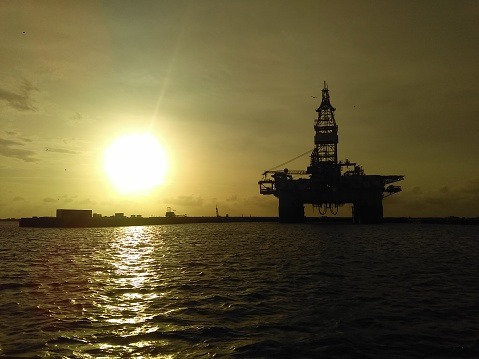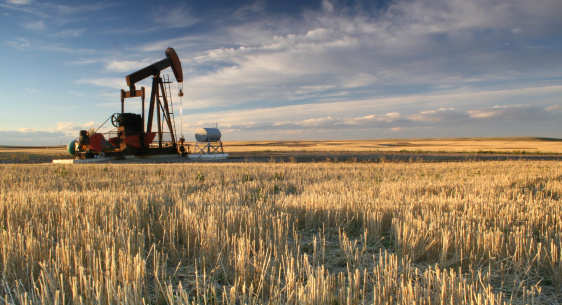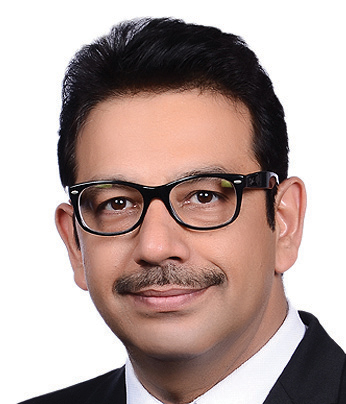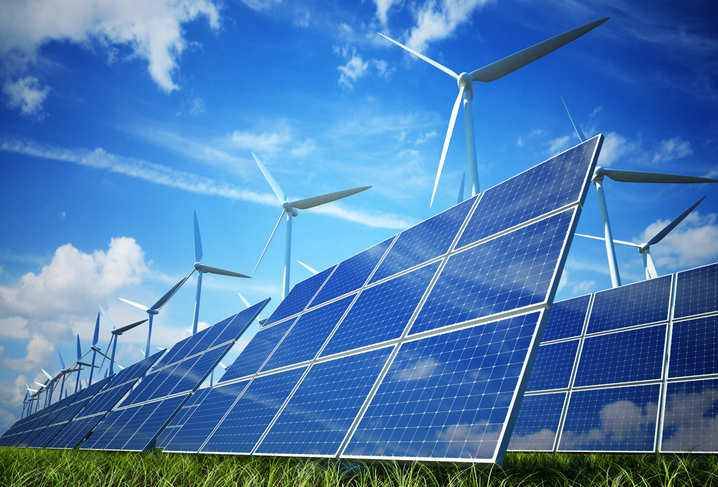
February 27
RIL-BPs Rs 40,000 crore investment plan in KG-D6 approved
New Delhi: A government oversight panel headed by DGH today approved USD 4 billion investment plan of Reliance Industries and BP plc for developing three sets of natural gas discoveries in the KG-D6 block in the Bay of Bengal.
The finds will add around 20 million standard cubic meters per day (mmscmd) of peak production, according to BP.
"Managing Committee has today approved 3 FDPs (field development plans) in block KG-DWN-98/3 which will bring an envisaged capex investment of around USD 4 billion (Rs 26,000 crore) in the prolific eastern offshore of India," the Directorate General of Hydrocarbons (DGH) tweeted.
RIL is the operator of block KG-DWN-98/3 or KG-D6 while UK's BP Plc has 30 per cent interest and Niko Resources of Canada the remaining 10 per cent.
Reached for comments, BP India spokesperson said these FDPs pertain to satellite cluster fields and MJ (D55) deep discovery.
Separate FDPs for MJ as well as a set of six satellite fields and that for R-Series discovery were approved by the Management Committee (MC), on which the oil ministry also has a representative. The three set of discoveries are ones that the partners are focusing on reviving the flagging output at KG-D6.
MC is the final approving authority after which the companies start investing.
RIL and BP had in mid-June last year announced investing Rs 40,000 crore in the three sets of finds to reverse the flagging production in KG-D6 block. These finds were "expected to bring a total 30-35 million cubic metres (1 billion cubic feet) of gas a day new domestic gas production onstream, phased over 2020-2022," the BP spokesperson said citing the statement issued in June last year.
MJ gas find is located about 2,000 meters directly below the currently producing Dhirubhai-1 and 3 (D1 and D3) fields in the eastern offshore KG-D6 block and is estimated to hold a minimum of 0.988 Trillion cubic feet (Tcf) of contingent resource.
Sources said a floating production storage and offloading (FPSO) will be used to bring the gas to the surface, treat it and pump it to the pipeline system that will take it to the shore.
In May 2013, RIL, BP and Niko Resources of Canada had struck a 155-metres thick gas condensate column in the exploration well KGD6-MJ1, which was later named as D55 or MJ-1 discovery.
Besides MJ-1, four deepsea satellite gas discoveries -- D-2, 6, 19 and 22 are planned to be developed together with D29 and D30 finds on the block.
The third set is the D-34 or R-Series find.
The government had in 2012 approved a USD 1.529 billion plan to produce 10.36 mmscmd of gas from four satellite fields of block KG-DWN-98/3 (KG-D6) by 2016-17.
The four fields have 617 billion cubic feet of reserves and can produce gas for eight years.
However, the companies did not begin the investment citing uncertainty over gas pricing.
Now that the government has allowed a higher gas price of USD 6.3 per million British thermal unit for yet-to-be- developed gas finds in difficult areas like the deep sea, RIL and BP have decided to take up their development.
This rate compares with USD 2.89 per mmBtu for currently producing fields.
Sources said these four finds have now been clubbed together with D29 and D30 discoveries, which had been held up over conformity tests.
A revised integrated FDP the four satellite and the two other finds was approved by MC.
RIL-BP kept the USD 3.18 billion investment plan for D-34 or R-Series gas field in the same block, which was approved in August 2013.
About 12.9 mmscmd of gas for 13 years can be produced from D-34 discovery, which is estimated to hold recoverable reserves of 1.4 trillion cubic feet.
RIL has so far made 19 gas discoveries in the KG-D6 block. Of these, D-1 and D-3 -- the largest among the lot -- were brought into production from April 2009, but output has fallen sharply from 54 mmscmd in March 2010. They together with MA oil and gas field, the only field in production, currently produce 4.9 mmscmd.
Other discoveries have either been surrendered or taken away by the government for not meeting timelines for beginning production.






